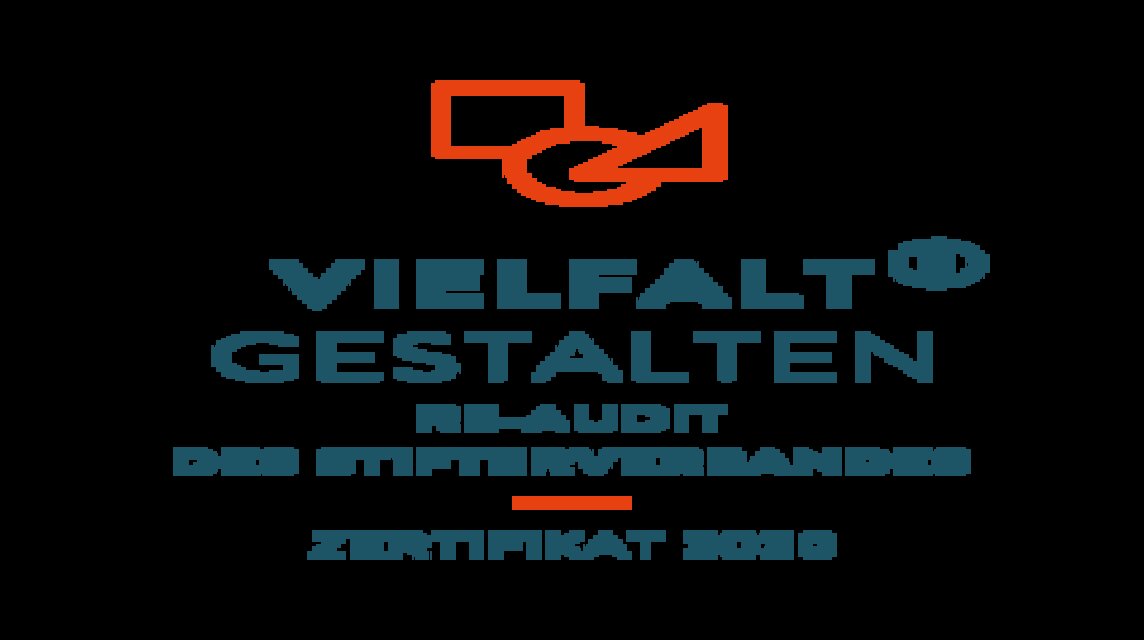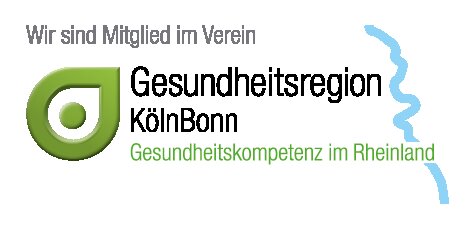Places of interest
Places of interest
For centuries, the traditional Westerwald salt-glazed, gray-blue stoneware has been produced in and around Höhr-Grenzhausen. There were numerous workshops in the area. When several of the large "Kannenöfen" (pitcher kilns) with a capacity of up to 42 m³ were fired, the town was engulfed in thick smoke. Today, only a few traditional businesses remain. Most of the "Kannenöfen" and pottery workshops have been demolished. However, some have survived and are truly worth visiting as monuments to a centuries-old craft culture. Thanks to numerous ceramic training opportunities, a unique contemporary ceramic scene has also emerged in Höhr-Grenzhausen. Höhr-Grenzhausen is considered the largest educational and research center for ceramics (BFZK) in Europe. The region's wealth lies in the wide range of ceramic creations, spanning from earthenware to stoneware and porcelain. Sculptures, tableware, lamps, garden ceramics, gift items, tile stoves, architectural ceramics, and decorative pieces are all part of this rich heritage.
The Kannenbäckerland is a region located in the lower Westerwald between Montabaur and the Rhine in Germany. It is known as a center of the ceramics industry due to the abundant clay found in the area. The main town in the region is Höhr-Grenzhausen. The Kannenbäckerland spans across three municipal boundaries, namely the municipalities of Höhr-Grenzhausen, Ransbach-Baumbach, and Wirges.
Culturally, the region has a lot to offer due to its rich ceramic history. In addition to the Museum of City History, the Local History Museum, and the Westerwald Landscape Museum, the Tonbergbaumuseum (clay mining museum) and the Kannenbäckerland Documentation Center are also worth a visit. The Ceramic Museum, covering an area of 5000 square meters, is the largest specialized museum in Europe dedicated to the history and modern development of ceramics. Additionally, there are private museums and galleries that focus on ceramics and glass as well.
The Kannenbäckerland is located in the Rheinisches Schiefergebirge (Rhenish Slate Mountains) between the cities of Montabaur to the north, Diez to the east, Nastätten to the south, and Lahnstein to the west. The Lahn Valley, running in an east-west direction, forms the main axis of the region. The nature park area includes parts of the Westerwald as well as parts of the Taunus. In the southwest, there are areas of the Middle Rhine Valley within the nature park. The highest point in the Montabaurer Höhe (Montabaur Heights) is Köppel, reaching an elevation of 546 meters above sea level. In the Taunus, the highest elevation is the Grauer Kopf near Holzhausen at 543 meters above sea level. The Lahn Valley and its tributary valleys towards the Westerwald and Taunus have resulted in significant relief and topographical variations in the landscape.
"Köppel" is a word from the Westerwald dialect known as "Wäller Platt" and it means hill or mountain. On the Köppel, one of the higher peaks (540 m) of the Montabaur Heights, there is an observation tower that offers a magnificent view of the Kannenbäckerland, the Eifel region, the Hunsrück mountains, and the Taunus range. Beautiful forest trails lead from Höhr-Grenzhausen to this place. It is a fantastic hiking destination! At the Köppelhütte, located at the top, the specialty dish "Folienbraten" is served along with the famous "Köppelgeist" (Köppel spirit).
The Upper Germanic-Rhaetian Limes was inscribed on the UNESCO World Heritage List in July 2005. Together with Hadrian's Wall in Great Britain (a UNESCO World Heritage Site since 1987), the Limes forms the transnational World Heritage Site called "Frontiers of the Roman Empire." The Limes represents the Roman border fortifications consisting of forts, watchtowers, walls, and palisades that once separated the Roman Empire from free Germania. With a length of 550 kilometers, it is the longest archaeological monument in Europe. In Hillscheid, you can embark on a special hiking experience under the theme "In the Footsteps of Knights and Romans." The Limes Trail invites you to an informative six-kilometer circular route, leading from the reconstructed Limes Tower to the historical Roman fort, which formerly divided the Kannenbäckerland into a Roman and a Germanic part.
The region is adorned with numerous picturesque castles and palaces, making it an ancient cultural landscape. Examples include the castles of Montabaur, Sayn, Engers, and Stolzenfels, as well as the castles of Lahneck, Grenzau, and Marksburg. Not to mention the stunning Burg Elz, just to name a few.
On two circular hiking routes that pass by a total of eight clay pits, visitors can gain deep insights into the geological history of the region in the southern Westerwald and the various extraction methods. These routes provide literal deep insights into the Earth's history and the different methods used for clay extraction.
On a trail spanning approximately 3 kilometers, both young and old nature enthusiasts are invited to experience the beautiful Westerwald region with all their senses.
The Schwimmteichanlage Linderhohl is a destination nestled in the midst of nature, offering a combination of bathing fun, relaxation, and sports in a delightful atmosphere. It provides a perfect setting to enjoy water activities, unwind, and engage in recreational sports surrounded by the beauty of nature.
In the legendary Brexbachtalbahn, you can experience "pure railway nostalgia" on one of the most beautiful railway routes in Germany.
The landmark of Koblenz and part of the UNESCO World Heritage Upper Middle Rhine Valley is the reference to the Deutsches Eck (German Corner). It is a promontory located at the confluence of the Moselle and Rhine rivers. The Deutsches Eck offers a stunning view of the rivers and the surrounding area. It is also known for its beer garden situated along the Moselle, where visitors can relax and enjoy the beautiful green space.
Indeed, one of the most convenient ways to reach the Festung Ehrenbreitstein is by taking the cable car from the Rheinpromenade (Rhine Promenade) in Koblenz. The cable car ride offers a scenic journey across the Rhine River, providing stunning views of the surrounding area. Upon reaching the top of the fortress, visitors can explore various exhibitions, attend concerts and cultural performances, enjoy small-scale art shows, and browse through markets. Throughout the year, the Festung Ehrenbreitstein hosts a range of events and activities, making it a vibrant destination for both locals and tourists. Whether you are interested in history, art, music, or simply want to take in the beautiful views, the Festung Ehrenbreitstein offers a memorable experience for visitors of all ages.
Indeed, the Forum Mittelrhein and Löhr-Center in Koblenz are popular destinations for shopping, offering a wide range of stores and brands. These shopping centers provide a modern and convenient shopping experience with a variety of options to explore. In addition to the larger shopping centers, Koblenz also boasts a charming and picturesque Altstadt (Old Town) where visitors can find unique and extraordinary small shops. The Altstadt is known for its quaint streets and historic buildings, and it is home to a variety of boutique shops, specialty stores, and local artisans. Here, visitors can discover one-of-a-kind items, handmade crafts, local products, and souvenirs. Beyond the Altstadt, there are also other areas in Koblenz where small but exceptional shops can be found. These hidden gems offer a more personalized and curated shopping experience, showcasing local designers, artisans, and niche products. Overall, Koblenz offers a diverse shopping scene, combining the convenience of large shopping centers with the charm and uniqueness of smaller, extraordinary shops in the Altstadt and other areas. Visitors can enjoy a delightful mix of retail options, from well-known brands to hidden treasures, making their shopping experience in Koblenz truly memorable.










